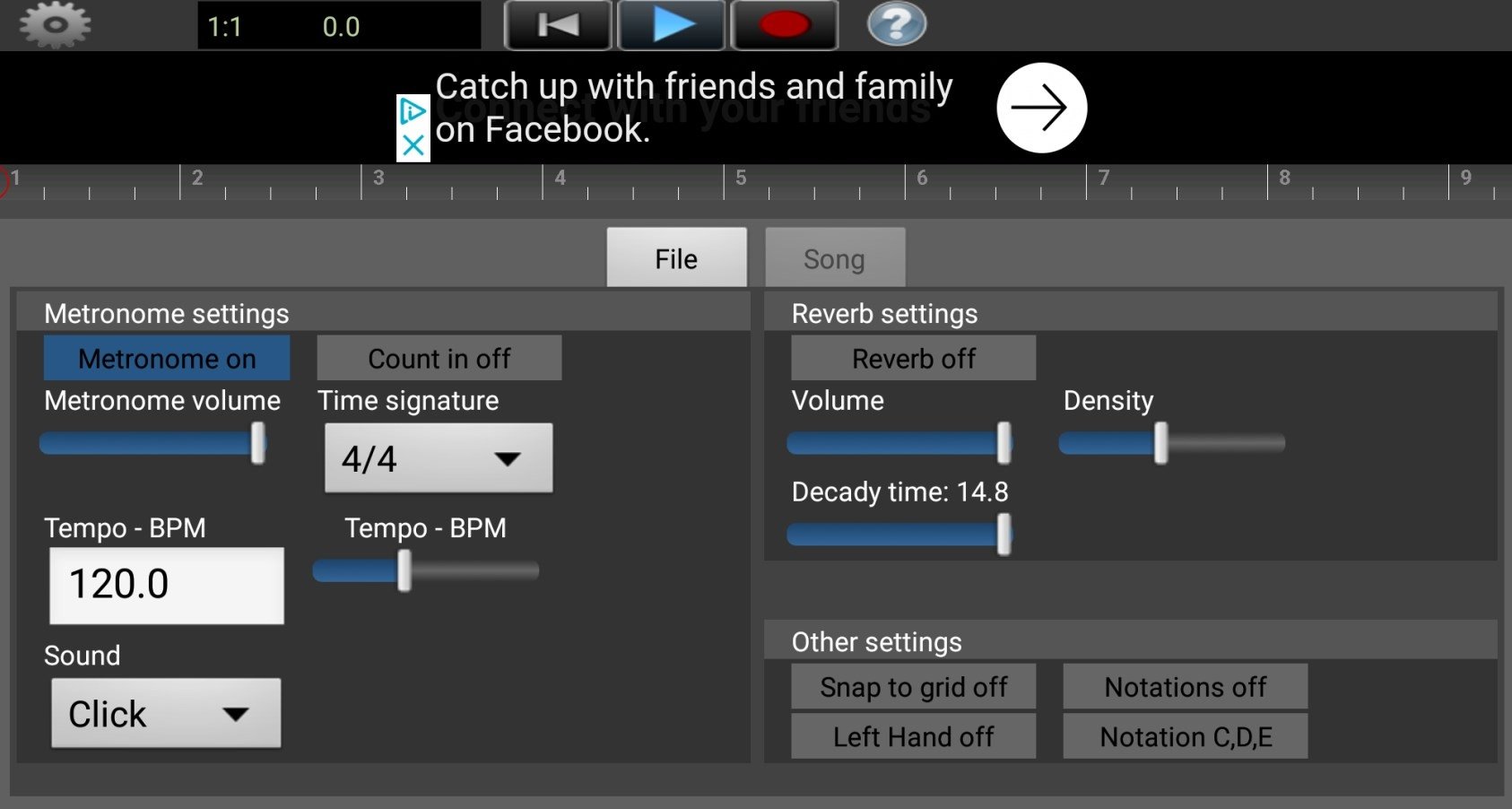

You may need to swipe left to see the screen recorder on the second page, but if it's not there, you'll need to hit the pencil button and add the tool to your quick settings toggles from there. To access the tool, swipe down from the top of your screen twice to open the quick settings toggles.

Google Pixel phones natively support recording device audio since Android 11. It's likely you'll have access to a tool just like that on your phone, so there might be no need for an extra app. Most manufacturers these days have screen recorders built-in, like Google, Samsung, OnePlus, Xiaomi, and Huawei. Be sure to test if your screen recorder properly retains audio before you record something important. And as you might guess, this also applies to most streaming services out there and some games, too. This can be the case for phone apps in countries or states that forbid call recordings. That means that sometimes, you just won't be able to hear audio in your recordings, even if you've properly activated the respective settings. To record only the unprocessed signal, use the UNPROCESSED source, or VOICE_RECOGNITION for older devices that don’t support the unprocessed property.There's one thing you need to keep in mind: Apps can deactivate support for the audio API that screen recorders use. Note: Many audio sources apply at least minimal processing to the raw stream by default. The startRecording() method can be called inside the onClickListener of a button, and takes as a parameter the location where the recording should be saved – for internal application storage, this can be obtained by calling getFilesDir().getPath() and appending a file name and format. The following state diagram depicts how the different method calls transition the MediaRecorder between different phases.īelow is an example of how we might use MediaRecorder in a simple application. Once started, the recording can be stopped, paused, and/or subsequently resumed. If preparation is successful, the MediaRecorder is ready to use and can be started. Failure to pay attention to this order may result in IllegalStateExceptions being thrown.Īfter the above properties are configured, the app should attempt to prepare the MediaRecorder object. The order in which these calls are made matters note that the file path and audio encoders can only be specified after an output format is set. Most commonly, this consists of setting an audio source, an output format, a file path, and an encoder. Next, instantiate MediaRecorder and set the necessary properties. For API level 23 and above, the application should request permission to record audio the first time the user interacts with it. Declare permissions (only needed once for an application)Īs with all applications that need access to an audio input, declare the permission in the AndroidManifest.xml file.This example, as well as the following examples for other audio classes, will follow a general outline with steps as defined below: If you need to record video as well, see the official Android guide on the Camera API.
#How to use android studio record video how to#
The following steps and code samples demonstrate how to use MediaRecorder to record audio to a file in an application’s internal storage. While relatively simple to configure, MediaRecorder offers minimal customizability, and is best for simple use cases when audio is not central to the functionality of the app. An application specifies several parameters, namely the encoding and the file location, and MediaRecorder handles the rest. It records to a file directly, which can then be played back using MediaPlayer (covered later in this post). MediaRecorder is Android’s high-level framework for capturing audio and/or video. Note: You can find a sample application that uses these classes in the dolbyio-samples/blog-android-audio-recording-examples repository. This article will explain how to use the MediaRecorder, MediaPlayer, AudioRecord, and AudioTrack frameworks in Java, touch briefly on other options for audio capture and playback, and lastly will review their respective pros and cons. However, Android provides several media frameworks to abstract the audio recording process, and others have developed external libraries that make it possible to incorporate high-performance audio into an application. The wide range of hardware in Android devices can make it difficult to develop applications that need to capture and play back audio.


Knowing how to effectively record audio from a phone is valuable for mobile developers, but is especially essential for apps that use services like Dolby.io to process media.


 0 kommentar(er)
0 kommentar(er)
